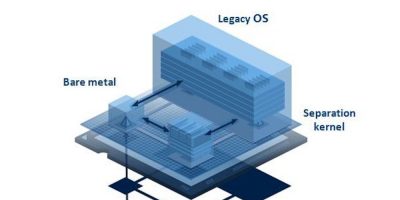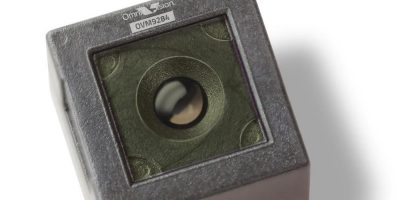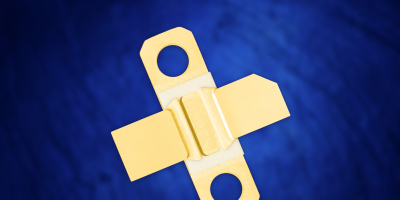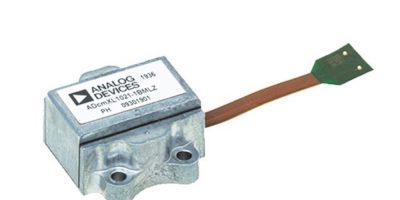Software bundles, based on Lynx MOSA.ic have been introduced by Lynx Software Technologies. Initial introductions are for industrial, unmanned aerial vehicles/satellites and avionics.
Lynx MOSA.ic for Industrial, Lynx MOSA.ic for UAVs/Satellites, and Lynx MOSA.ic for Avionics bundles bypass the restrictions imposed by typical embedded approaches to mission-critical systems, allowing developers to create edge computing with robust system-safety mechanisms, security and real-time determinism with sub-microsecond latency, says the company.
Lynx’ secure hypervisor technology, which has been proven in mission-critical environments including commercial aviation, healthcare, and military aircraft and helicopters, is at the heart of the bundles.
Pavan Singh, vice president, product management at Lynx, observed: “Each is designed to let developers of security and safety critical systems, including certifiable systems, take advantage of powerful workflows and techniques such as containers and sensor fusion, easily connect to cloud services, and to scale and adapt intelligently to changing market requirements.”
The bundles are tailored to handle emerging use cases, such as industrial robotics, drone aviation, and complex satellite constellations carrying payloads owned and accessed by multiple users. The Lynx MOSA.ic bundles provide the tools needed to deploy systems efficiently and manage assets securely and safely, while letting developers create, certify, and deploy robust platforms cost-effectively, said Lynx.
The three initial domain-optimised offerings contain common features of the MOSA.ic software framework, including real-time operating systems (RTOS), bare metal and third party operating systems. Lynx MOSA.ic for Avionics and Lynx MOSA.ic for UAVs/Satellites support Arm and x86 processor architectures. Both include LynxOS-178, Lynx’s DO-178 certified operating system, the LynxSecure separation kernel hypervisor, Linux, a set of tools and support for the SR-IOV extension to the PCIe specification.
The initial alpha release of MOSA.ic for Industrial removes Lynx’s RTOS and adds Azure IoT Edge and Windows 10 support for x86 platforms. It also provides Virtual PLC functionality to let manufacturers quickly scale, reconfigure and update software-driven capacity, says Lynx.
Future iterations will extend capabilities including guest operating systems, IoT connectivity, and processor architectures, confirmed Lynx.







